As the most produced variety among polyethylene resins, Linear Low-Density Polyethylene (LLDPE) stands out with its exceptional comprehensive properties and extensive applicability.
In recent years, the market demand for LLDPE has skyrocketed, leading to a growing interest in the LLDPE injection molding process.
If you’re eager to delve deeper into this process, please continue reading. FOWMOULD will introduce you to the properties and applications of LLDPE, as well as how it is transformed into various products through injection molding technology.
What Is Linear Low Density Polyethylene(LLDPE)?
Linear Low Density Polyethylene (LLDPE) is a type of polyethylene polymer characterized by its linear molecular structure and low density, typically ranging from 0.915 to 0.935 g/cm³.
Unlike traditional low-density polyethylene (LDPE), LLDPE has short branches in its molecular chain, introduced through copolymerization with alpha-olefins like butene, hexene, or octene.
This structure gives LLDPE a unique combination of properties, making it stronger, more flexible, and more resistant to punctures and tears compared to LDPE. LLDPE is intended for applications such as packaging films, liners, and stretch wraps, but is not intended for use in medical or high-temperature applications.
Comparison of Material Properties between LDPE and LLDPE |
|
|
|---|---|---|
Property | LDPE | LLDPE |
Density (g/cm3) | 0.910~0.940 | 0.915~0.935 |
Melting Point (℃) | 105~115 | 110~120 |
Crystallinity (%) | 45~65 | 55~65 |
Mechanical Strength | Relatively poor | High, good toughness, strong rigidity |
Tensile Strength | Low | Higher |
Resistance to Environmental Stress Cracking | Good | Excellent |
Properties Of LLDPE Material
LLDPE exhibits a unique combination of properties that make it highly valuable for various industrial and consumer applications.
Its molecular structure, characterized by short, linear branches, imparts excellent mechanical properties such as high tensile strength, impact resistance, and tear resistance.
These attributes provide LLDPE with a good balance of flexibility and stiffness, surpassing the performance of traditional low-density polyethylene (LDPE).
LLDPE also demonstrates excellent puncture resistance, making it ideal for packaging applications such as shrink film, blown film, and cast film extrusion.
Its higher density compared to LDPE contributes to improved durability and resistance to environmental stress cracking, which is essential for outdoor applications and industrial packaging.
Moreover, LLDPE’s melt index and flow characteristics allow it to be processed effectively by injection molding, blow molding, film extrusion, and rotational molding techniques.
Injection molders appreciate LLDPE for its adaptability to various processing conditions, enabling the production of durable products like agricultural tanks, cable insulation, and consumer products with consistent quality.
The material’s higher viscosity compared to LDPE requires careful control of processing parameters, but it also contributes to the excellent mechanical strength and high stiffness of finished parts.
Some LLDPE resins are specially formulated to enhance processing efficiency or deliver superior performance in demanding applications.
Overall, LLDPE offers many advantages, including versatility, strength, and flexibility, making it a preferred choice in general purpose applications across diverse industries.
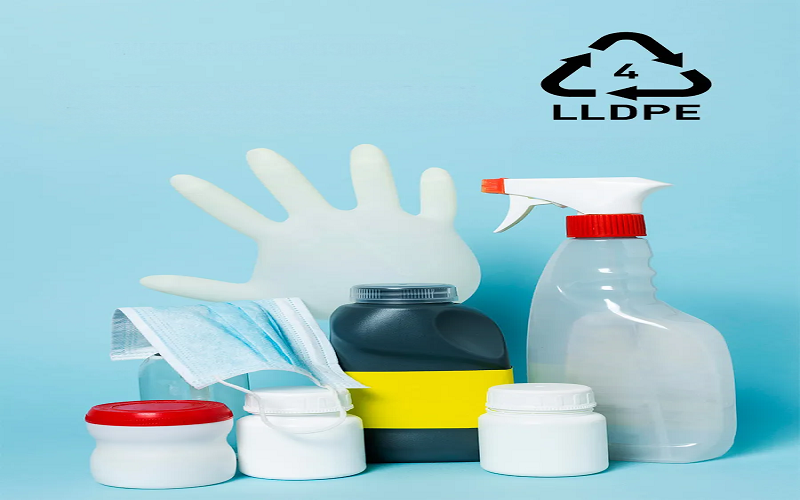
Advantages Of LLDPE Injection Molding
In modern industrial production and daily life, many plastic products’ processing and production cannot do without LLDPE plastics.
The following advantages are reasons why LLDPE plastic injection molding has been successful across various sectors.
Excellent Flexibility And Mechanical Properties
LLDPE is valued for its excellent flexibility, impact resistance, and mechanical properties, making it ideal for diverse industrial and consumer applications.
LLDPE excels in injection molding due to its superior impact, puncture, and tear resistance, producing durable, flexible products like lids, caps, and consumer goods.
Compared to HDPE, it offers greater flexibility and impact strength while retaining high tensile strength. Its low melting point and good flow enable efficient processing of complex, high-precision parts.
Superior Processability
LLDPE has excellent melt flow characteristics, enabling smooth processing in injection molding, blow molding, and rotomolding, with reduced risk of defects like warping or sink marks.
Its melting point (120–130°C) allows molding at relatively low temperatures, saving energy and reducing production costs.
Compatible with various molding techniques, including complex shapes and large parts in rotomolding . LLDPE is particularly suitable for rotational moulding, making it ideal for manufacturing large industrial and agricultural tanks due to its mechanical strength and low warpage.
Cost-Effectiveness
LLDPE’s strength allows for thinner walls in molded products, reducing material consumption and costs compared to HDPE or other plastics.
Its ease of processing and compatibility with high-speed molding equipment lower manufacturing expenses.
Environmental Resistance
LLDPE exhibits excellent resistance to environmental stress cracking, chemicals, and low temperatures, making it suitable for outdoor applications and harsh environments.
This durability extends the service life of products made from LLDPE, reducing maintenance and replacement costs.
Compatibility With Other Polyethylene Types
LLDPE blends well with other polyethylene types, including high density polyethylene (HDPE) and low density polyethylene (LDPE), allowing manufacturers to tailor material properties for specific injection molding applications.
This adaptability enhances the performance of final products, combining the strengths of different polymers to meet varied industrial requirements.
Overall, LLDPE injection molding offers many advantages, including excellent mechanical properties, processability, cost-effectiveness, and versatility, making it a preferred material for a wide range of injection molding applications.
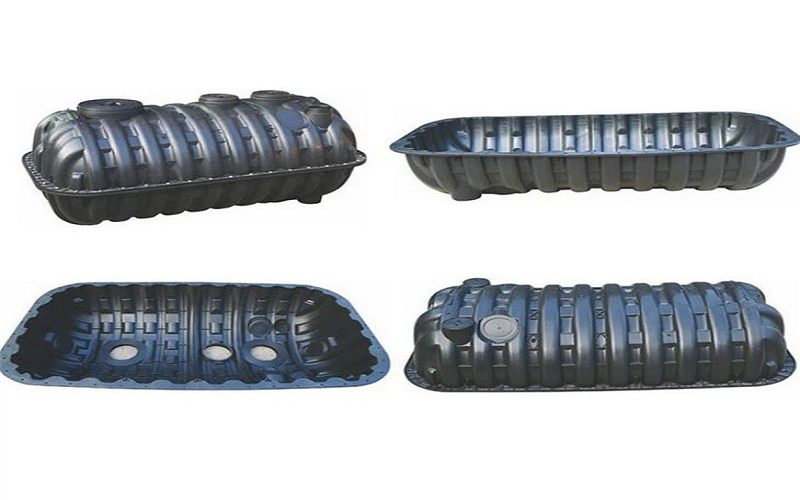
Disadvantages Of LLDPE Injection Molding
Although LLDPE (linear low-density polyethylene) injection molding offers numerous advantages, it also has inherent drawbacks that may limit its use in certain applications. Below are the common disadvantages of LLDPE injection molding:
Low Rigidity
The modulus of LLDPE (200–400 MPa) is significantly lower than that of HDPE (800–1200 MPa), making it less effective in applications requiring high rigidity or structural strength.
LLDPE injection-molded products may deform under significant loads or external pressure, making them unsuitable for rigid applications such as pipes or hard trays.
Weak UV Resistance
Untreated LLDPE is prone to photo-oxidative degradation when exposed to ultraviolet (UV) light for extended periods, leading to material embrittlement, yellowing, or performance decline.
This limits its lifespan in outdoor applications (e.g., open storage boxes or agricultural films), typically requiring replacement within 1–2 years.
Poor Gas Barrier Properties
LLDPE exhibits poor barrier properties against gases such as oxygen and carbon dioxide, far inferior to materials like EVOH or PA.
It is unsuitable for packaging applications requiring high gas barrier performance, such as easily oxidized foods or pharmaceuticals, potentially leading to content deterioration.
Typical Applications Of LLDPE Injection Molded Products
Injection molding is the primary application market for LLDPE. LLDPE is also widely used in films for packaging, agricultural, and industrial applications, where its mechanical properties such as toughness and puncture resistance, as well as its optical properties like transparency, are highly valued.
Due to the high strength of the LLDPE molding , it’s feasible to use high-flow resins, which enhances production efficiency and realizes the thin-walling of LLDPE products, thus making it widely applicable across various domains.
The superior toughness and low-temperature impact strength of this resin make it ideally suited for items such as waste bins, toys, and refrigeration utensils.
Furthermore, LLDPE’s high resistance to environmental stress cracking qualifies it for injection molding caps that come into contact with oily foods, rotomolded waste containers, fuel tanks, and chemical storage tanks.
Its application in pipe linings and wire and cable coatings is smaller, but here LLDPE’s high burst strength and resistance to environmental stress cracking fulfill the necessary requirements.
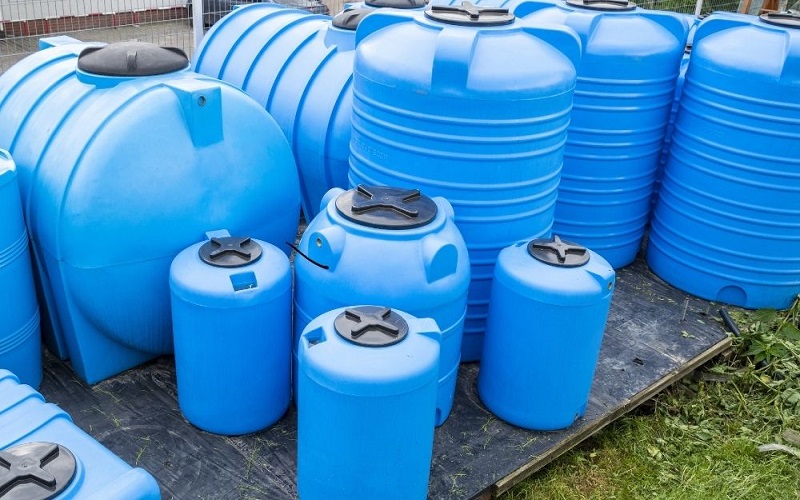
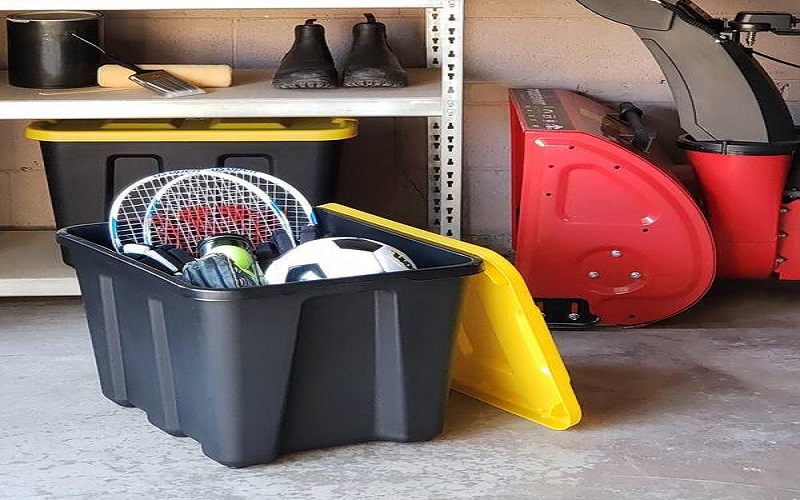
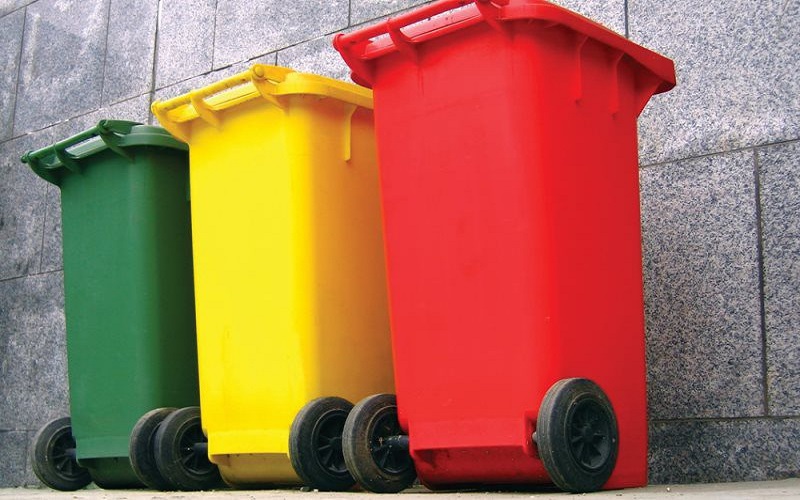
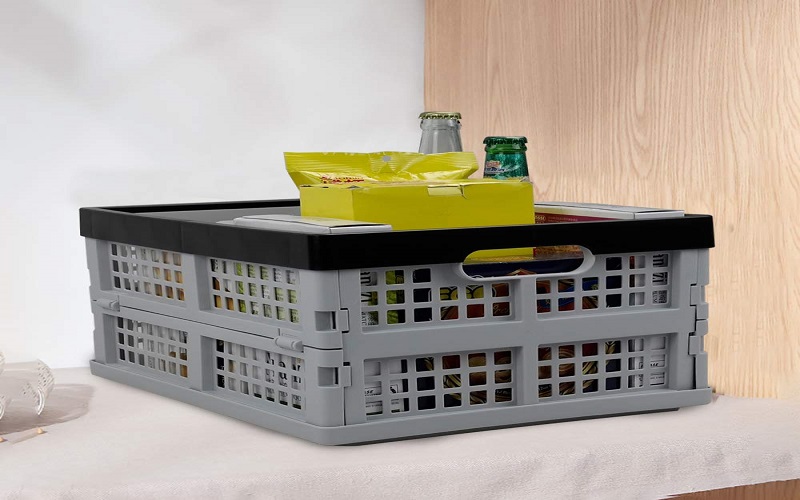
Conditions For LLDPE Molding Process
To achieve high-quality LLDPE plastic products, it is critical to precisely control the injection molding conditions using an injection molder. The following are key conditions in the LLDPE injection molding process:
Dry Processing
Because LLDPE material is an olefin plastic, it does not absorb water, when producing, no drying is required, but for product quality, it can be dried at a temperature of 60℃ for 1hr to discharge floating water.
Injection Temperature
General LLDPE melting point of 170 ° C, decomposition temperature of 300 ° C, injection temperature adjustable range.
Injection molding, the general use of temperature 200 ℃ – 260 ℃, taking into account its apparent viscosity, poor fluidity, a separate LLDPE is difficult to injection molding.
Therefore, it is necessary to increase the power of the injection molding machine or add other low molecular weight plastics to increase its fluidity.
Mold Temperature
Generally control the mold temperature in the range of 50-80 ℃, in order to reduce the injection cycle time at the same time and improve the appearance of the quality of the parts.
Injection Pressure
To ensure that the LLDPE material fully fills the mold and to reduce the generation of defects, the injection pressure is usually set at 50-160 MPa.
Runners and Gates
Linear LLDPE has a high melt viscosity, low flow length ratio, lower flowability than LDPE and HDPE, and thin-walled products may lack glue, therefore, the gate and runner are relatively large.
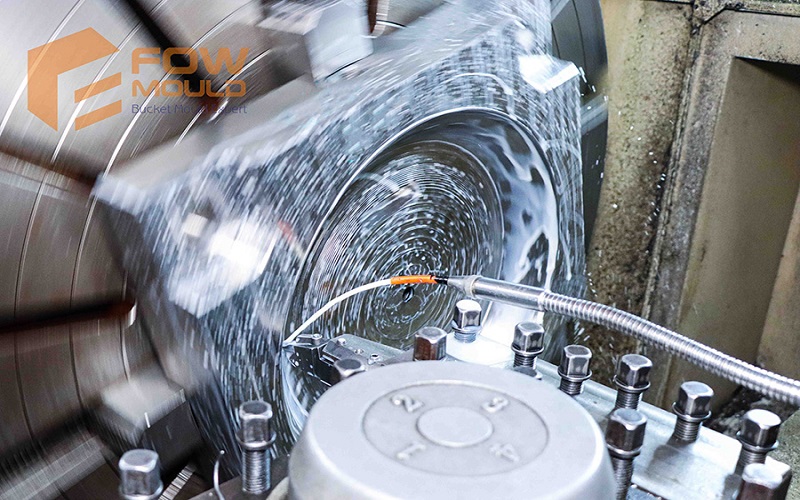
Choose FOWMOULD For LLDPE Injection Molding
If you’re looking to kickstart a new project in Linear Low-Density Polyethylene injection molding, partnering with a reliable and top-tier collaborator is indispensable.
FOWMOULD, with over 40 years of specialization in the injection molding industry, boasts a professional design and manufacturing team.
Their profound understanding of the characteristics of each plastic material, combined with an extensive reservoir of knowledge and hands-on experience, continues to fuel FOWMOULD’s relentless advancement.
Furthermore, FOWMOULD offers a one-stop injection molding service, encompassing everything from product design and mold manufacturing to the actual injection molding process.
Equipped with the most advanced injection molding machinery in their physical factory, FOWMOULD’s experts constantly monitor the molding procedure, ensuring timely feedback on production details to clients.
Whether it’s PE injection molding, LDPE injection molding, HDPE modling, or LLDPE injection molding, FOWMOULD will promptly provide you with expert Design for Manufacture (DFM) feedback and offer complimentary quotation services and technical guidance.
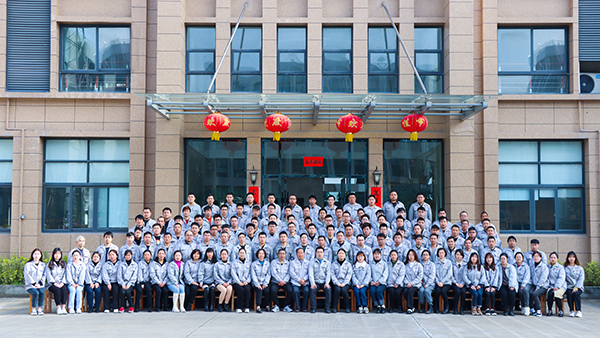
Conclusion
In summary, LLDPE demonstrates significant advantages in injection molding applications due to its unique physical, mechanical, chemical, and thermal properties.
Its unique linear molecular structure, short side chains, low crystallinity, and excellent transparency provide the foundation for lightweight, flexible products; superior impact resistance and tear resistance ensure the durability of the products; chemical corrosion resistance and environmental stress crack resistance (ESCR) expand its applications in harsh environments; and its melting point and low-temperature flexibility meet diverse processing and usage requirements.
By optimizing material selection, processing parameters, additive usage, and mold design, LLDPE injection molding can efficiently produce high-quality products, widely applied in packaging, consumer goods, and industrial sectors.
Although it has limitations such as low rigidity, weak UV resistance, and poor gas barrier properties, these issues can be effectively addressed through appropriate technical adjustments and formulation optimization.
In the future, with advancements in new catalyst and additive technologies, the performance and application prospects of LLDPE injection molding will further improve, injecting new vitality into sustainable manufacturing and efficient production.
